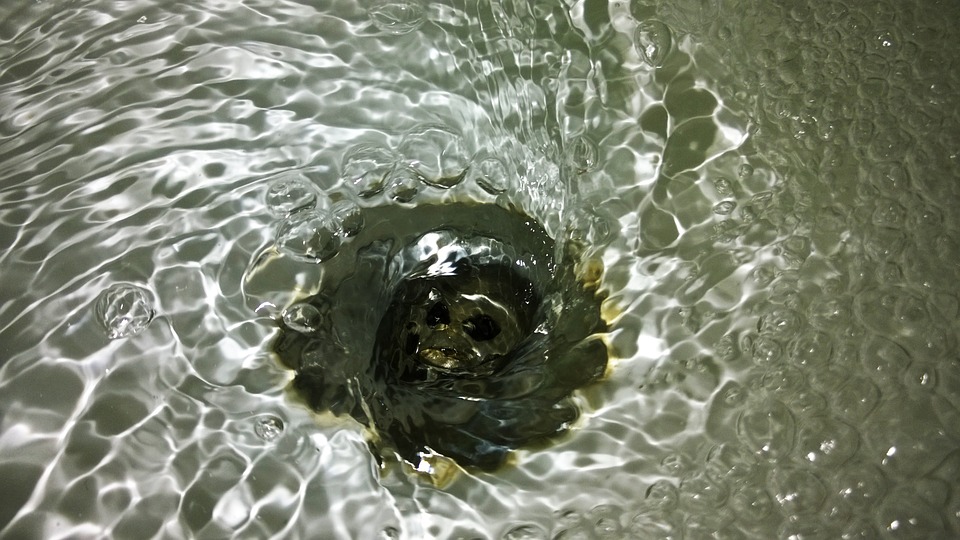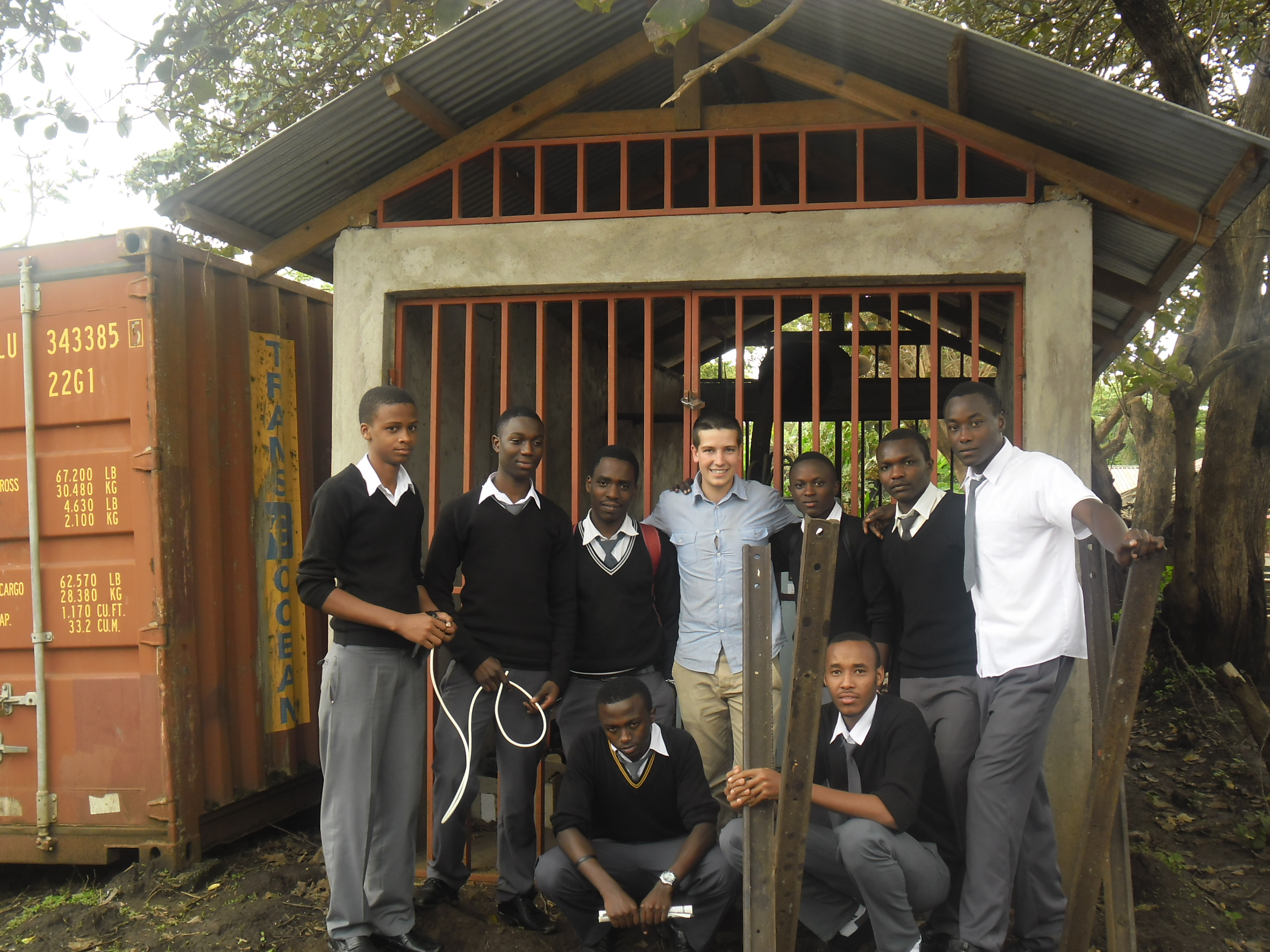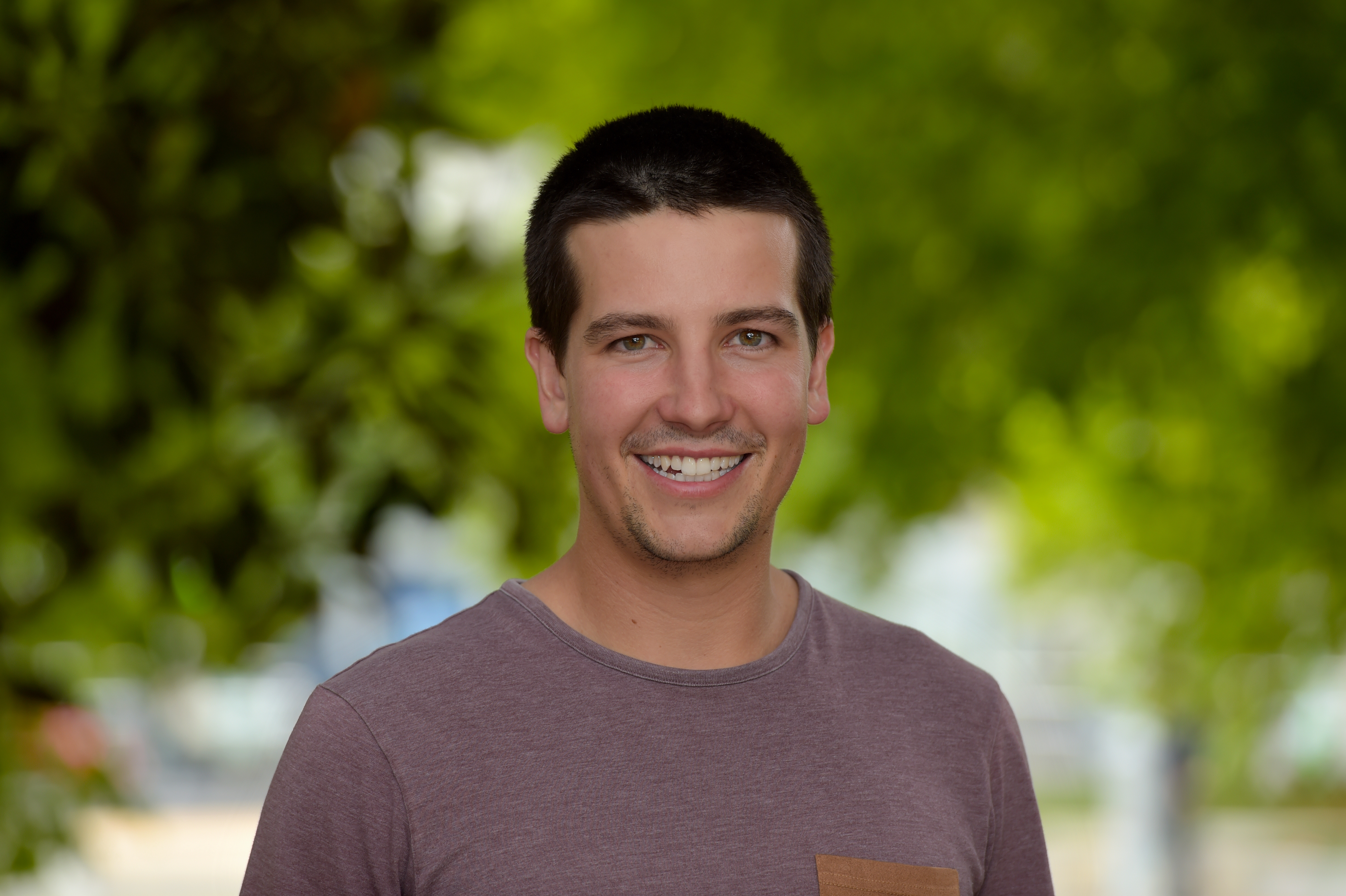Taking the sludge out of wastewater

As a researcher in the “sludge group”, Sam Skinner is passionate about what we flush down our drains
Published 24 March 2017
Wastewater treatment is arguably the greatest achievement of the industrial revolution and it means 5 million people can live in Melbourne without major health and sanitation issues. The health benefits of the treatment and disposal of wastewater have been enormous. When we talk about wastewater, we are talking about what is flushed down the toilet or washed down the kitchen sink. There is a slow shifting in attitudes from wastewater being seen as something that is dangerous and to be disposed of, to something that has value.
Wastewater is an untapped resource. To create a sustainable future, and secure our water resources, we need to do more with it. There are two aspects to this: recovering the water and extracting value from the nutrients in the solids stream. Instead of wasting wastewater, we need to reduce and reuse it. The water that’s extracted can be used instead of fresh water in agriculture and industry. The technology is already available to safely produce drinking water but there are obviously some barriers to this.

Sludge is what’s left once the water has been extracted. Getting rid of this sludge is the major cost of wastewater treatment. We keep creating more and more of it, but we have no way of getting rid of it. So it sits there and is stockpiled in ‘sludge mountains’. Once the harmful bacteria and chemicals have been removed, sludge is a treasure trove of nutrients. It offers a rich source of nitrogen and phosphorous that can be be used in fertilisers, or to produce valuable chemicals. This potential to create sustainable change is my reason for working in the area, despite the obviously unglamorous nature of the research.
Growing up in Mildura, on the Murray River, I certainly had an understanding of our dependence on water to survive. But I took it for granted that when I turned the tap, clean and fresh water would come out. After I finished my science degree I took a year off. I spent a semester teaching physics in Tanzania, and it was then that the importance of wastewater treatment to our everyday lives really hit home. After seeing the open channels carrying wastewater through towns, I knew I wanted to pursue a career in water and sanitation.

On one of my first days back in the lab for my PhD, I was being shown how to use the equipment and we were pulling everything apart at the end of a test. There was some sludge that hadn’t compacted as much as I’d expected and it splashed all down the front of my lab coat. It’s a running joke among my colleagues that I have rarely been sighted in the lab since.
I am part of the research group affectionately known as the “sludge group”. We specialise in the solid-liquid separations aspect of wastewater treatment. This can be filtration, centrifugation or even just settling under gravity. This is also called dewatering – separating out a liquid stream from a mainly solids stream in order to produce high quality water and reduce the volume of the sludge.
Wastewater is a nightmare to dewater. It forms networked structures at low concentrations of solids, sometimes less than 1 per cent. The classic comparison is Aeroplane Jelly – you add a little bit of powder and lots of water and then stick it in the fridge. Once it is set, good luck trying to squeeze it to get that water back. Filtration of wastewater poses the same problem.
There is no such thing as a ‘holy’ crap. By the time it is flushed, pumped, treated and ready for disposal, it is awful to filter. Improved knowledge of the filtration of wastewater can help the implementation of advanced water treatment technologies internationally.
The good news is that not all sludges are created equal. There are many treatments that can improve the sludge. Through accurate modelling of wastewater filtration, we showed for the first time the link between ease of filtration and the organic content of the sludge - that is the bacteria and the sticky substances that they produce. By destroying that organic fraction, the sizes of filters required can be reduced by up to 5000 per cent.
Stockpiling of sludge is a huge environmental issue facing modern society. These findings can help reduce the amount of sludge that goes into sludge mountains at water treatment plants. But, more than that, improving sludge disposal can also significantly reduce the cost of wastewater treatment – and help make it more accessible to more communities around the world. The ultimate goal is to help push towards a world where everyone is serviced by a sustainably engineered wastewater treatment unit and we are making the most of our sludge.
- As told to Nicola Webber
Banner image: flegmatik95/Pixabay
